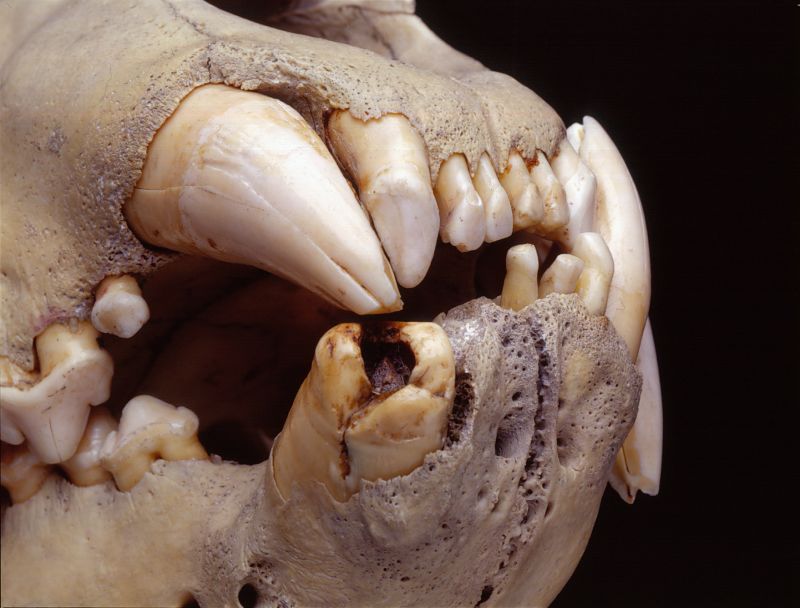Individual hairs reveal prey of 19th century ‘Tsavo man-eater’ lions
In 1898, two male lions gained notoriety for their fearsome behavior of attacking and consuming humans while a railway bridge was being constructed over the Tsavo River in Kenya. Recent genetic examinations of hairs found lodged in the cavities of their damaged teeth have unveiled fresh revelations about the types of prey these infamous Tsavo man-eaters hunted.
The lions were responsible for the deaths of at least 28 individuals, including workers on the Kenya-Uganda Railway, starting in April 1898, until civil engineer Lt. Col. John Henry Patterson killed the large predators. In 1925, Patterson sold the remains of the lions to the Field Museum of Natural History in Chicago, where they have been displayed ever since.
Lead author of the study, Alida de Flamingh, a doctoral fellow at University of Urbana-Champaign, noted, “A part of the study was to create an extract and DNA from hairs of species found in the teeth of historical museum specimens.” The analysis revealed that the historic Tsavo lions fed on giraffes, humans, oryx, waterbucks, wildebeests, and zebras, and also identified hairs from other lions.
This innovative method can be applied in various contexts, and the researchers hope others will utilize it to study prey DNA from other animal specimens. The team is currently continuing microscopic analysis to identify additional individual hairs within the lions’ teeth, which could provide insights into ongoing human-lion conflicts and help inform strategies to mitigate these risks.



